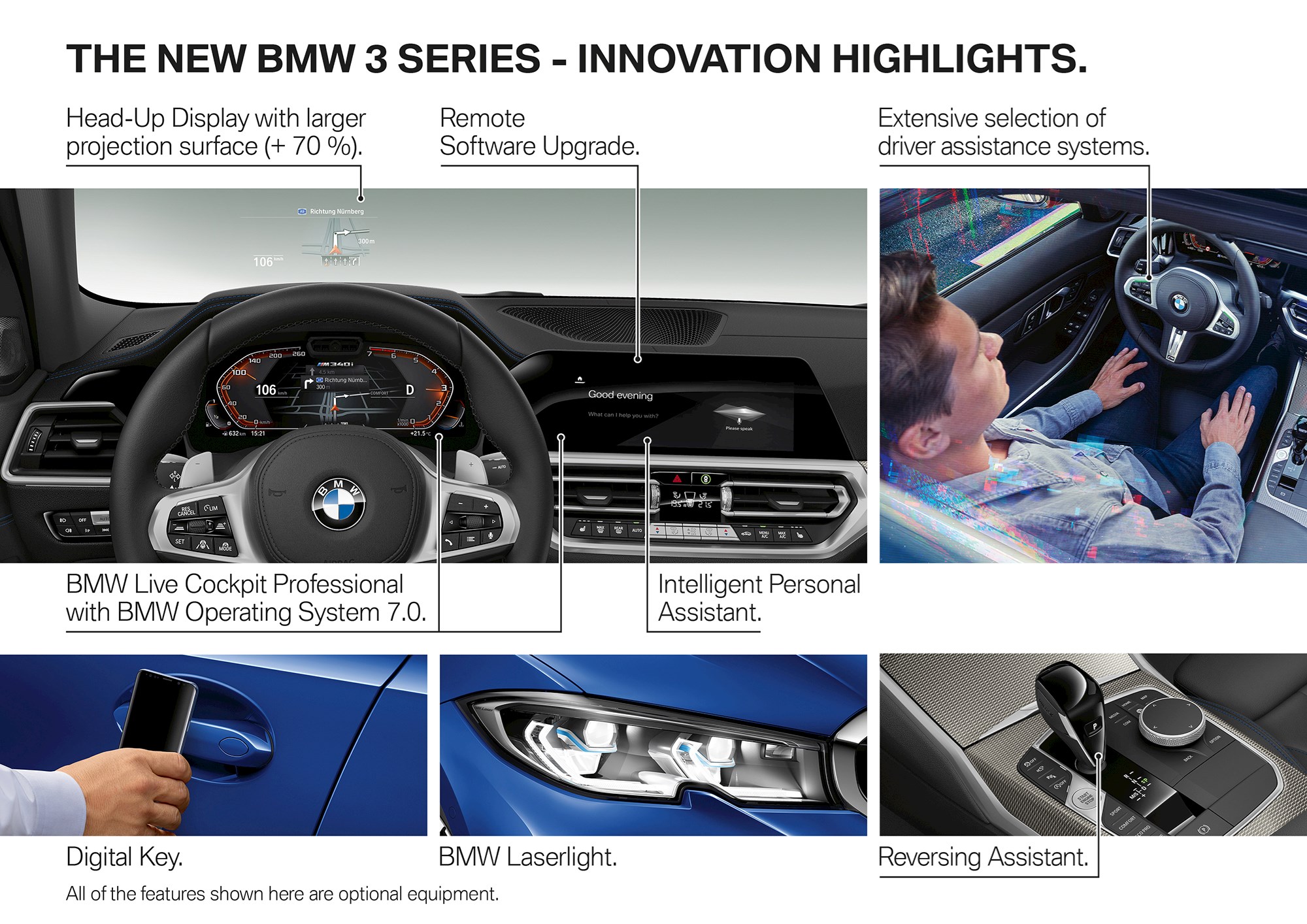A new seventh-generation of BMW's most successful model have been unveiled ahead of its arrival in New Zealand in March, 2019.
The new BMW 3 Series was revealed at the Paris Motor Show last night, where the company promised it would feature improved driving dynamics, premium quality and innovation. BMW has sold more than 15 million Series 3 models worldwide, and the four-door sedan is regarded as the "heartbeat" of the brand.
The new 3 Series sedan is longer, higher and wider than the current model, and features what the company describes as "dynamic design, agile handling, exceptional efficiency and innovative equipment." It is 76mm longer than the current model, 16mm wider and 1mm taller. The wheelbase is 41mm longer, and this along with the additional width is said to help improve the car's poise and agility.
BMW says the new 3 Series weighs around 55 kilograms less than the current models, and has a lower centre of gravity along with improved aerodynamics.
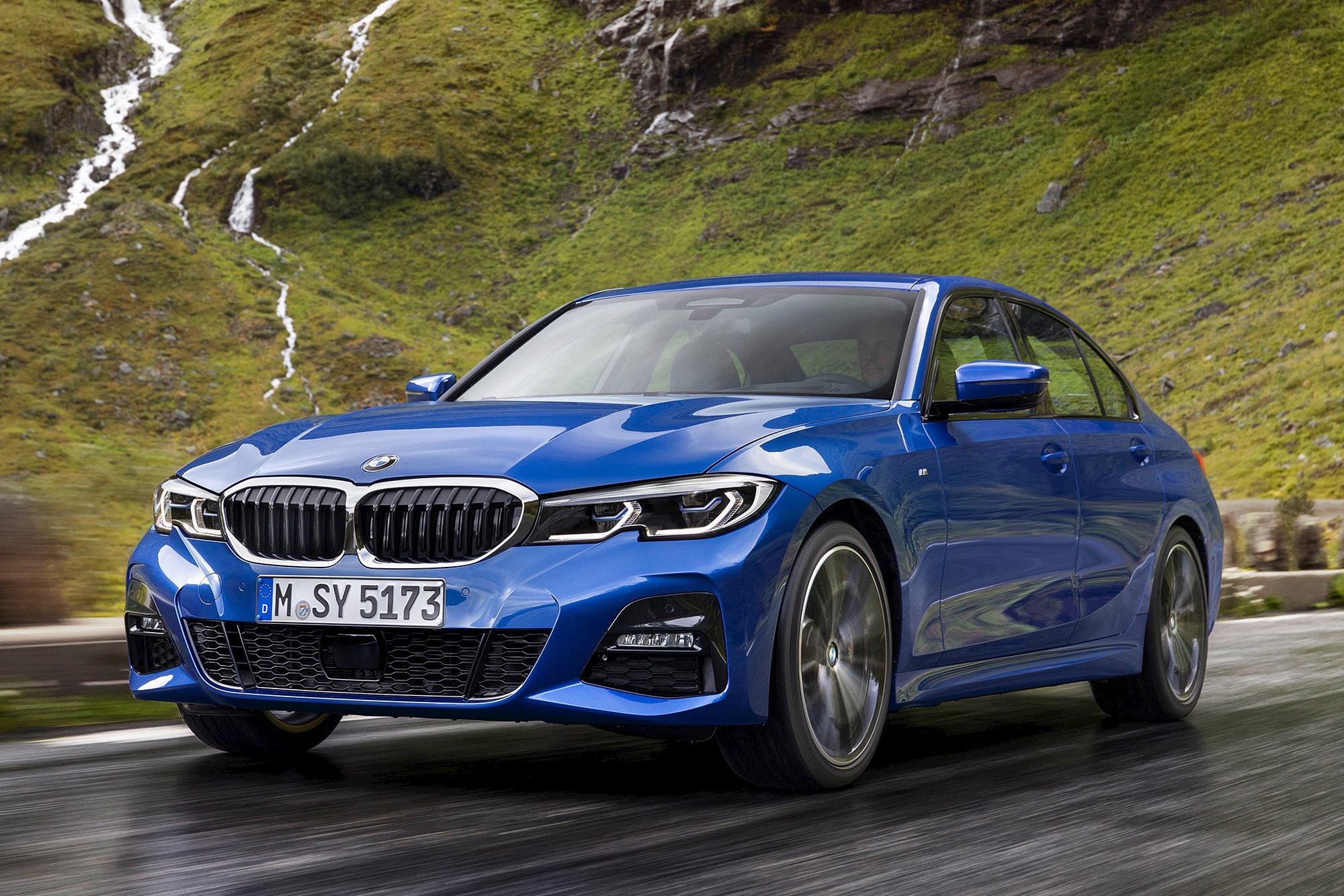
Appearance wise, the 3 Series features an enlarged but familiar BMW kidney grill with new headlights, where full LED headlights come as standard across the range.
A new interior is said to accentuate the spaciousness of the cabin, with a new screen grouping of control display and instrument cluster, a tall centre console and a coordinated design of a modern instrument panel aimed at creating " a feeling of space and a sporting aura."
In the centre of the instrument panel, the displays and buttons for the air conditioning and the air vents form a sharply designed unit, while the light functions are operated from a panel of buttons next to the steering wheel. The light functions are operated from a panel of buttons next to the standard-fitted sports leather steering wheel.
The start/stop button for the engine is now positioned in the newly designed control panel in the centre console, where the gearshift lever or newly designed selector lever is joined by the iDrive Controller and the buttons for the Driving Experience Control switch unit and electromechanical parking brake.
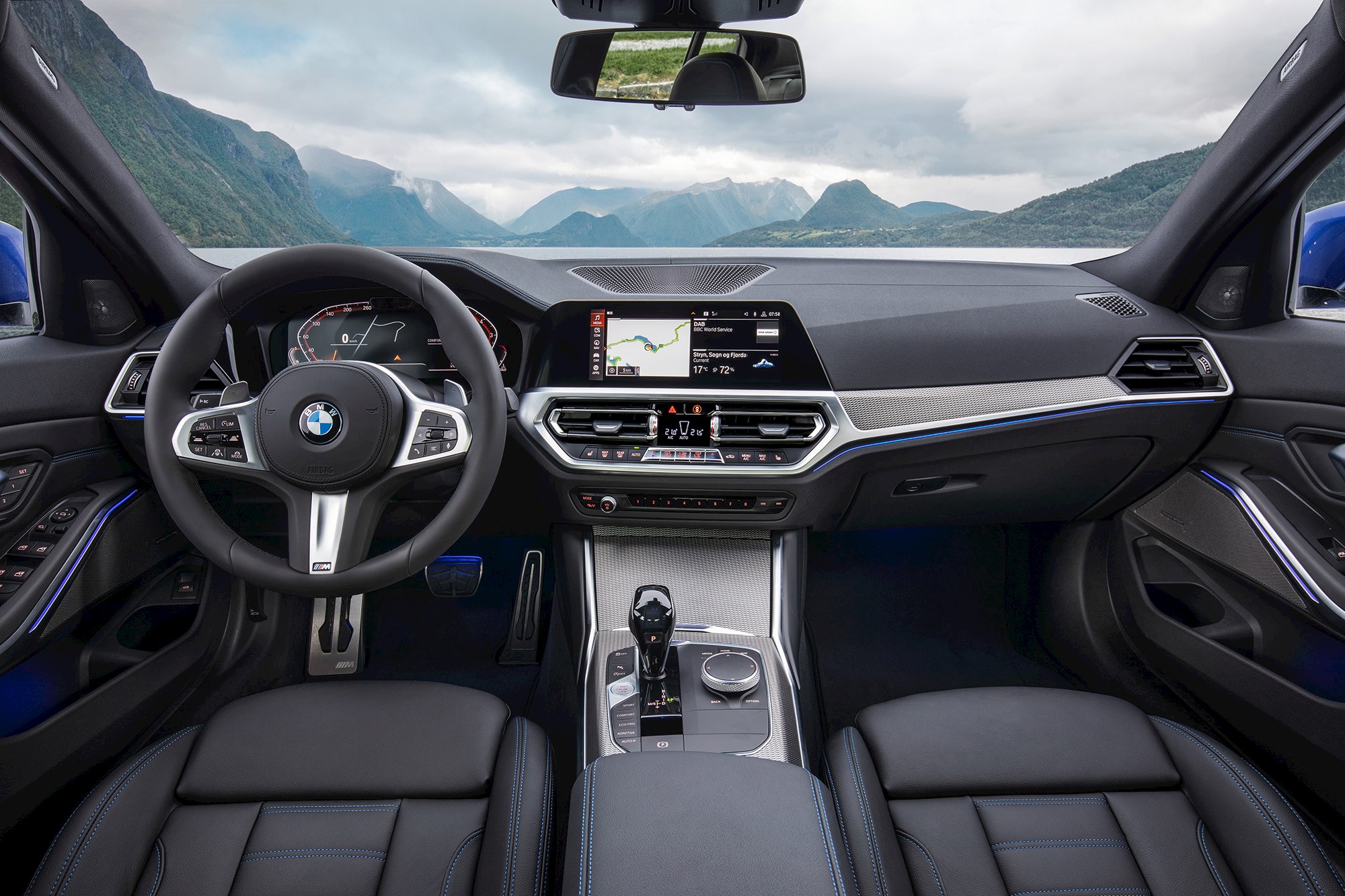
For the European market, five engines have been announced for the models release in early 2019, although New Zealand's model range will be confirmed closer to the launch next year.
The line-up comprises a pair of four-cylinder petrol engines with 135 kW in the BMW 320i and 190kW in the BMW 330i; plus two four-cylinder diesels with 110kW in the BMW 318d and 140 kW in the BMW 320d. There will also be a 195kW six-cylinder in-line diesel engine powering the BMW 330d .
The BMW 320d will also be available in all-wheel drive xDrive from launch, and all model variants meet the Euro 6d-TEMP exhaust gas standard.
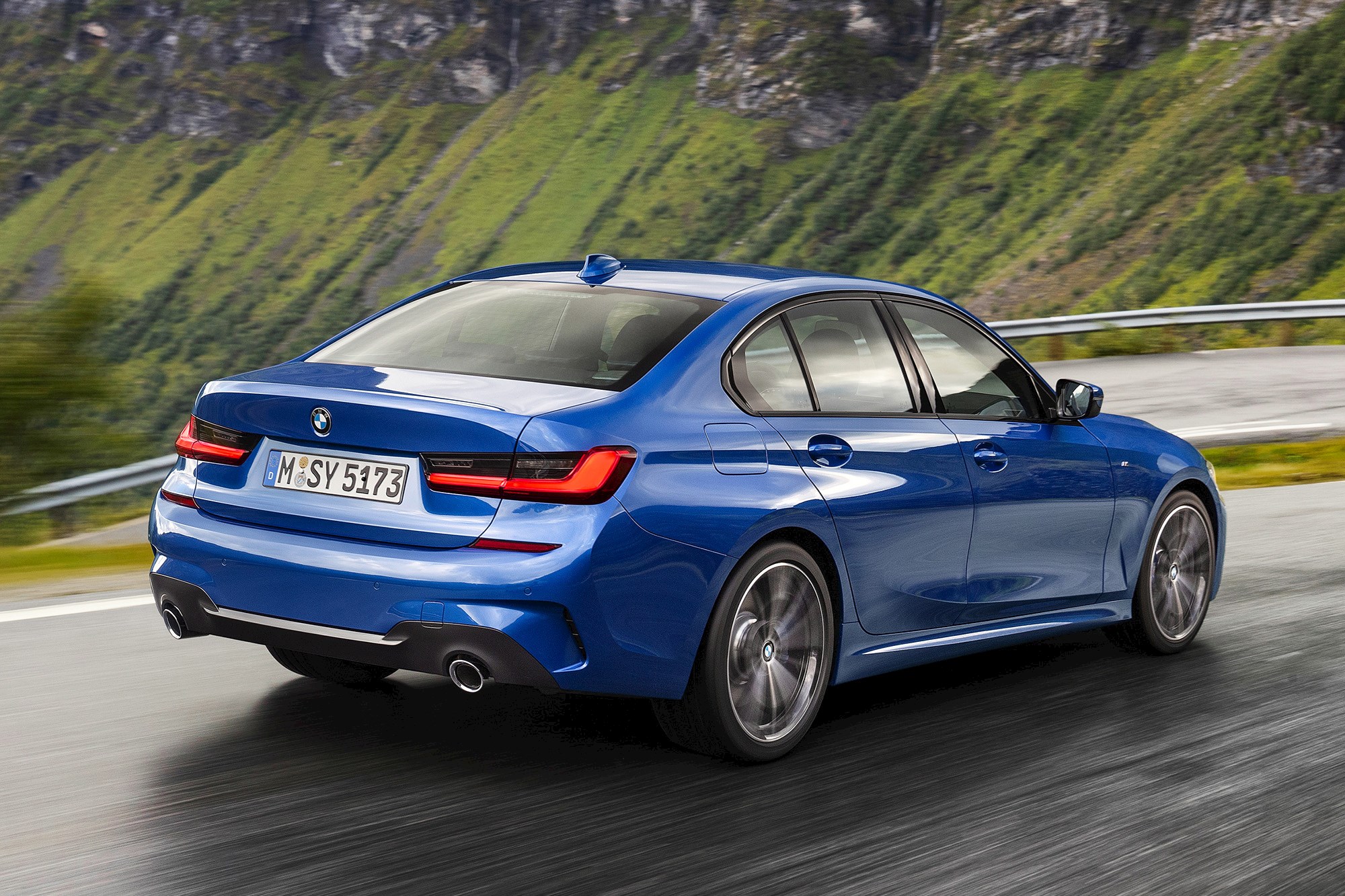
Standard-fitted and optional M Sport suspension both include lift-related dampers, which make their debut for BMW in the new 3 Series.
BMW says they contribute to the balance between sportiness and comfort which has traditionally defined the character of the 3 Series Sedan. Continuously variable control allows them to adjust the damper firmness progressively according to changing spring travel, reducing body movement perceptibly when evening out vibrations caused by bumpy road surfaces.
M Sport suspension (with a 10-mm reduction in ride height) is joined on the options list by Adaptive M suspension with electronically controlled dampers. The two optional suspension variants also bring customers the benefits of variable sport steering, the latest version of which has even more direct and precise feel. M Sport brakes with four-piston fixed callipers at the front can also be ordered. The blue-painted callipers display the M logo. An M Sport differential is available for the BMW 330i and BMW 330d in conjunction with the M Sport suspension or Adaptive M suspension.
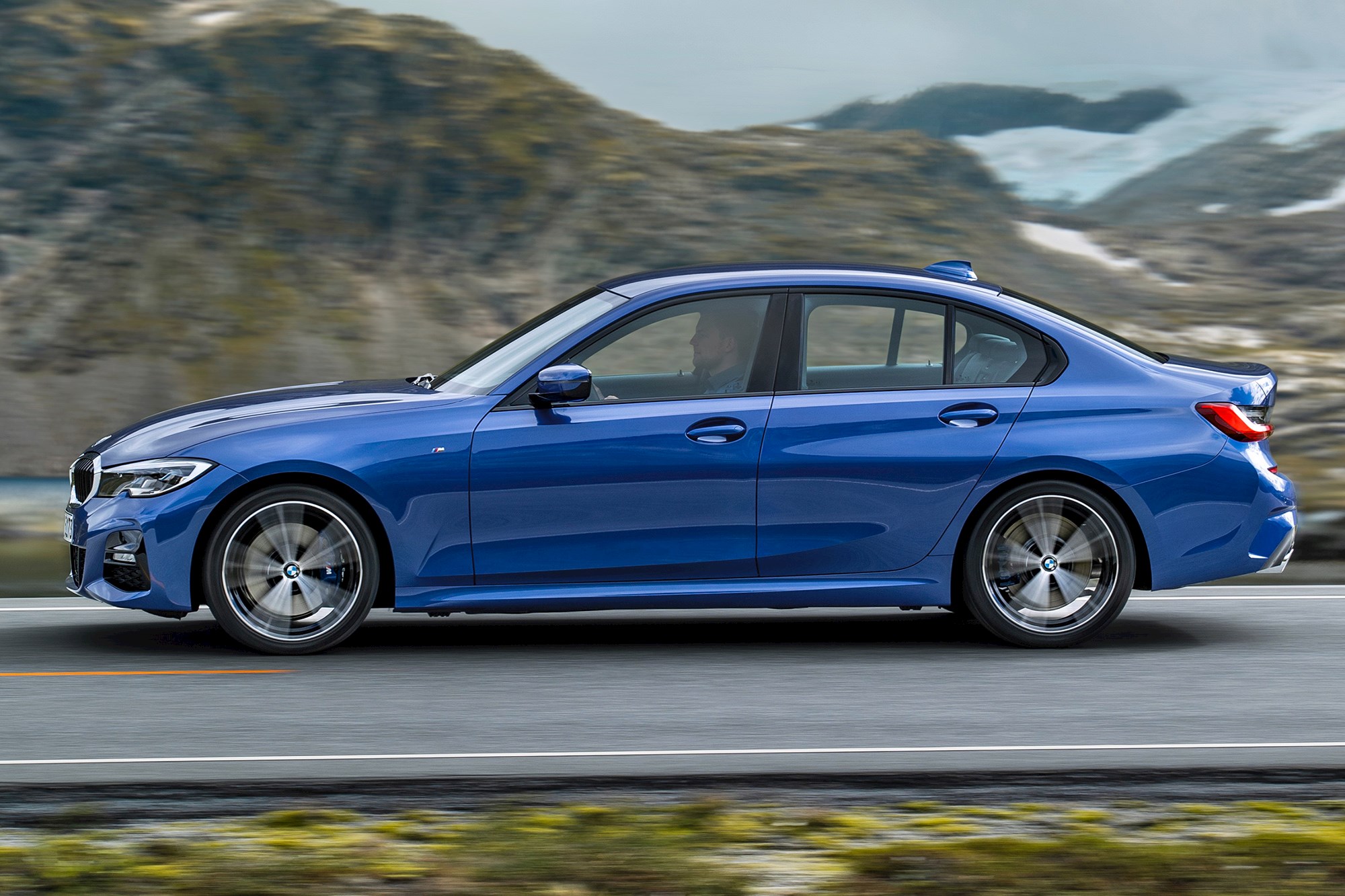
Standard equipment includes Lane Departure Warning, plus Collision and Pedestrian Warning with City Braking function, the latest version of which also alerts the driver when a cyclist is detected. Options include Active Cruise Control with Stop & Go function and the Driving Assistant with Lane Change Warning, Rear Collision Prevention and Cross- Traffic Alert.
Also offered is the Driving Assistant Professional, comfort and safety-enhancing package. One of the features of the Driving Assistant Professional is the Steering and lane control assistant, which works together with the driver to help keep the vehicle in the detected lane through narrow channels and also includes the Lane Keeping Assistant with active side collision protection and the evasion aid. The new-generation BMW Head-Up Display offers a larger projection surface, new graphics and additional display content.
Park Distance Control and the rear view camera assist the driver with manoeuvring and entering/exiting parking spaces. Also available is the Parking Assistant, which takes over steering, acceleration, braking and gear changes with the Steptronic transmission when driving into and out of a space. Its range of functions also includes the Reversing Assistant, which can reverse the vehicle for distances of up to 50 metres by steering it along exactly the same line it has just taken when moving forward.
Making its debut in the new BMW 3 Series Sedan is the BMW Intelligent Personal Assistant, described as "an intelligent, digital character that responds to the prompt “Hey BMW”.
One unique feature over other digital assistants is that drivers can give him a name. The arrival of the BMW Intelligent Personal Assistant ensures there is always a genuine BMW professional on board. He is able to explain all sorts of different functions (“How does the High Beam Assistant work?”), provide current status information (“Is the oil level okay?”) and help answer questions (“What warning messages do I have?”).


